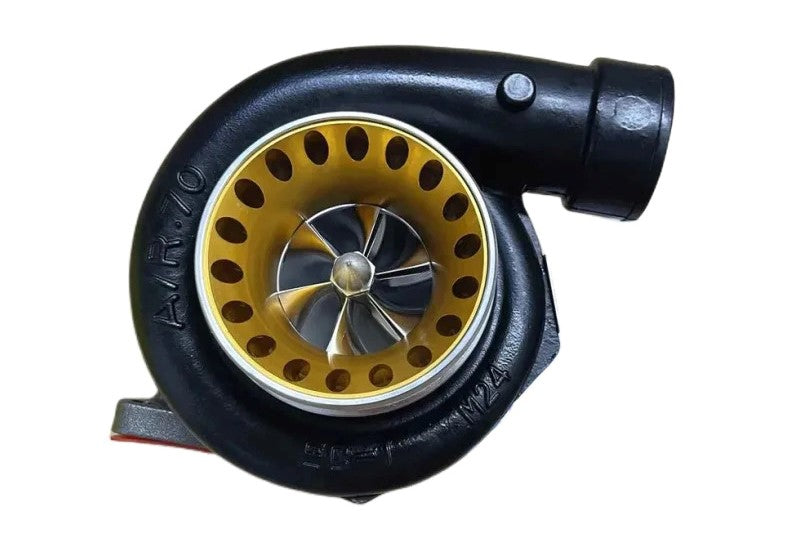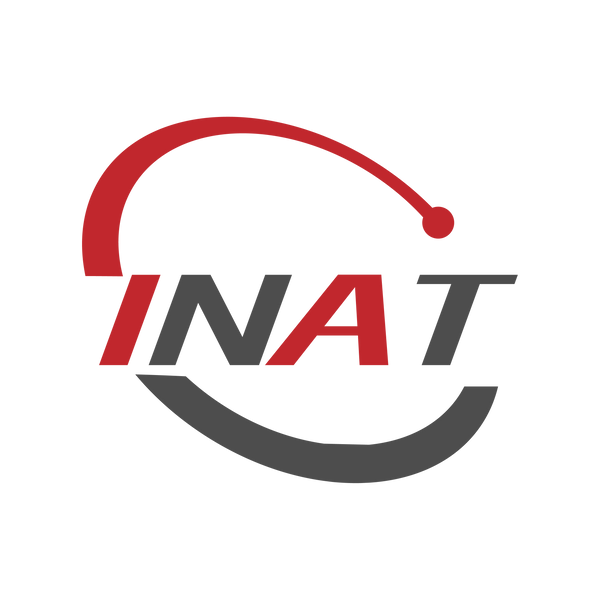
How to install a turbocharger?
Share
The turbocharger is a precision engine component and we should be careful when assembling and disassembling it. And during assembly and disassembly, we need to confirm peripheral components such as the engine and exhaust pipe. Omissions in confirmation or replacement are important reasons for abnormal use of the replaced turbocharger.
Please pay attention to safety during installation to avoid accidents.
Precautions:
1.Before installation
Be sure to remove the seals and covers from the oil inlet and outlet of the new turbocharger.
Engine oil, oil filters, seals, gaskets, etc. must be replaced with new ones.
Check whether there are foreign objects or deformations in the oil inlet/outlet pipes and joint bolts. Please clean them, use an air gun to clean them, or replace them with new ones.
Make sure there are no foreign objects (nuts, bolts, scrap cloth, etc.) and oil inside the air filter, suction/exhaust manifold, and suction pipe.
If the compressor impeller is damaged and the nut is loose, please check whether there is any foreign matter in the exhaust pipe.
2.During installation
Be careful when installing and removing the turbocharger.
Please make sure there are no debris in the turbocharger suction and exhaust housing, oil inlet, bolts, and pipes.
In order to prevent damage after replacement, please inject new oil from the oil supply port to the oil inlet surface, and at the same time rotate the compressor impeller with your fingers to allow the oil to fully penetrate to the central axis.
Please use genuine sealing rings at the oil inlet and outlet.
3.After installation
Please keep it idling (no load) within 10 minutes after installation. Purpose: To ensure adequate absorption of lubricating oil. If the lubricating oil supply to the lubricating oil turbocharger is insufficient, turbocharger failure caused by damage to the crankshaft will occur.
After idling, perform actual operation to confirm whether the turbocharger is functioning normally. Purpose: To confirm that there is no failure caused by foreign matter remaining in the intake and exhaust pipes, and to confirm the rotation of the turbocharger.
After replacement, please do not use detergent to clean the engine because the detergent may flow from the engine into the turbocharger.
Installation steps:
Step 1: Clean the pipes inside the air filter and compressor
Step 2: Keep the turbocharger opening clear of debris
Step 3: Check the bolts
Step 4: Loosen compressor and turbine housing bolts
Step 5: Temporarily secure the turbine
Step 6: Rotate Center Housing
Step 7: Rotate the compressor housing
Step 8: Remove the turbocharger
Step 9: Bend the Locking Cleats
Step 10: Remove the old gasket
Step 11: Check the oil drain and supply lines
Step 12: Install the turbine on the engine
Step 13: Inject clean oil into the oil inlet hole
Step 14: Connect pipe or hose from air filter outlet
Step 15: Check the oil level in the engine crankcase
Step 16: Start the engine
(Before attempting to start the engine, crank the engine with the fuel turned off for 10-15 seconds, or until the gauge shows an increase in oil pressure.)
(Start the engine and let it idle for 3-4 minutes before accelerating.)
Step 17: Check for oil leaks
(The installation requirements of different turbochargers are slightly different. Please perform installation and other operations according to the actual situation and under the guidance of professionals. The content of this article is recommended for you to use as a reference. If you want to know more knowledge and suggestions about car upgrades, you can click here.)
INAT Auto Parts specializes in producing high quality dual ball bearing turbocharger, including GT Gen1 turbo, GT3582R turbo, and so on. They can increase the output power of the internal combustion engine or improve fuel economy at the same output power. Proper use of a turbocharger can make your car faster.
